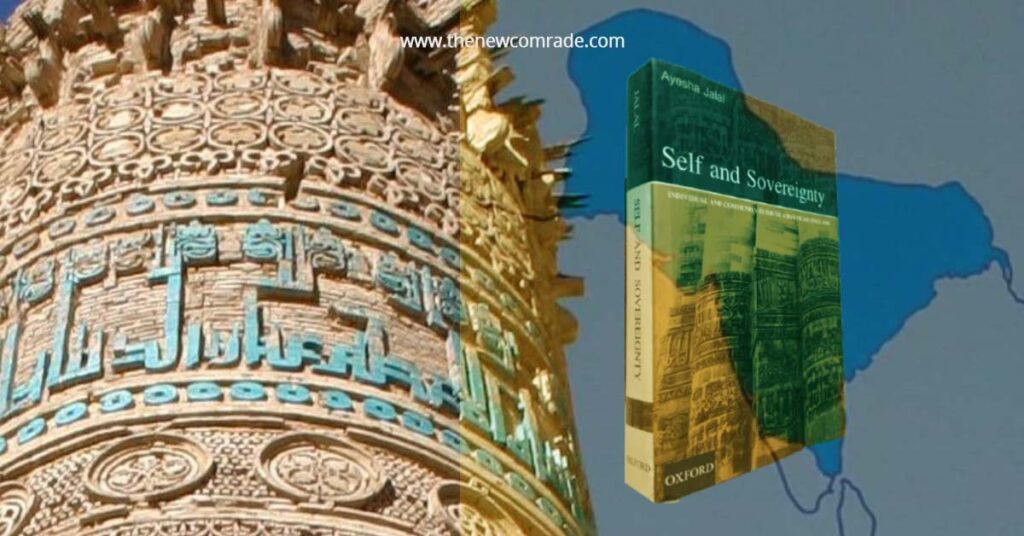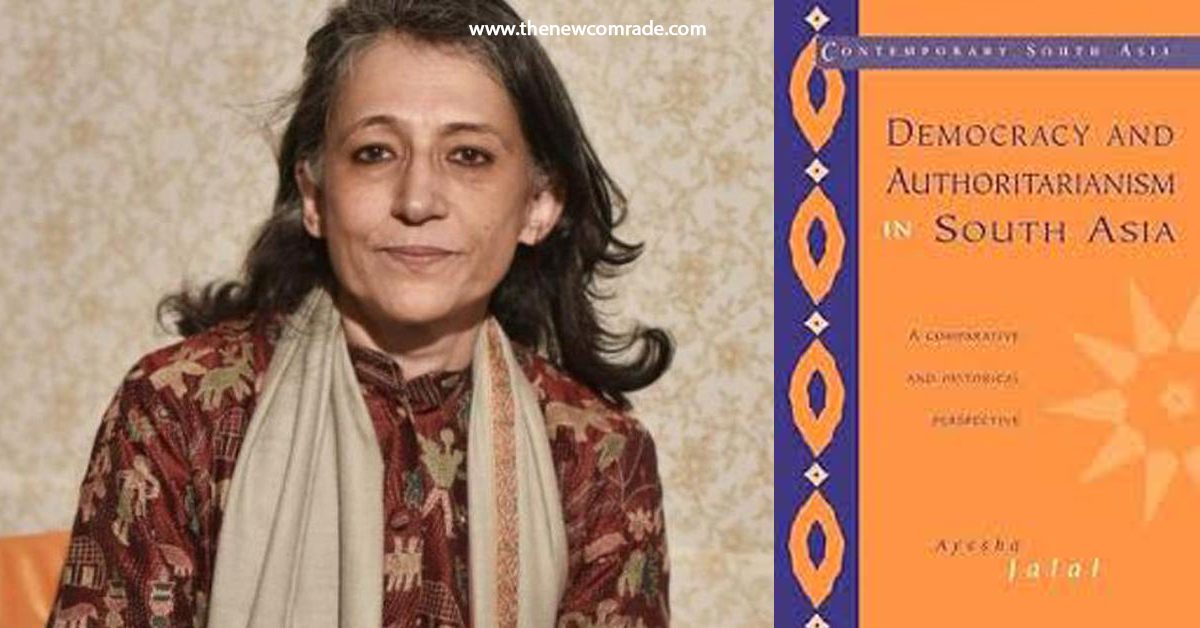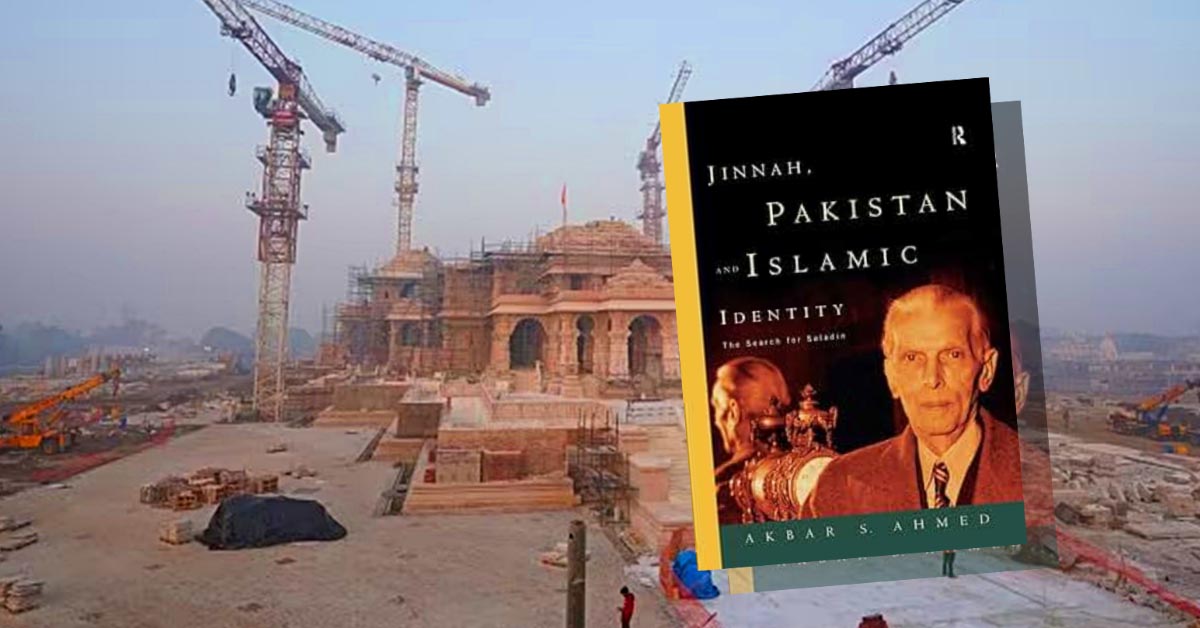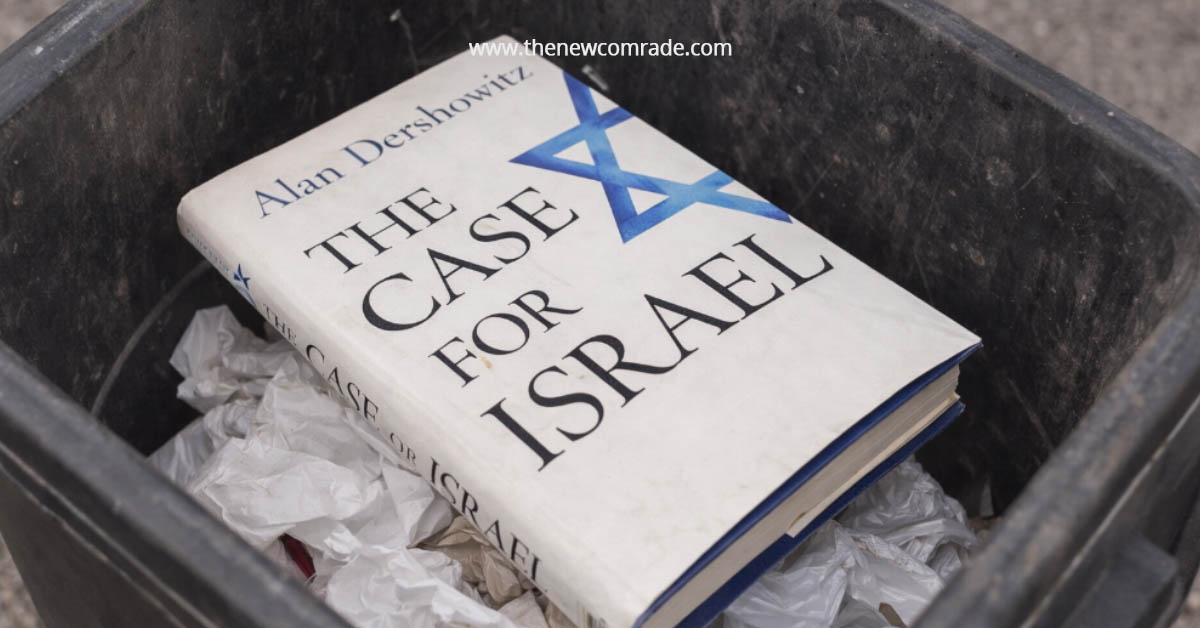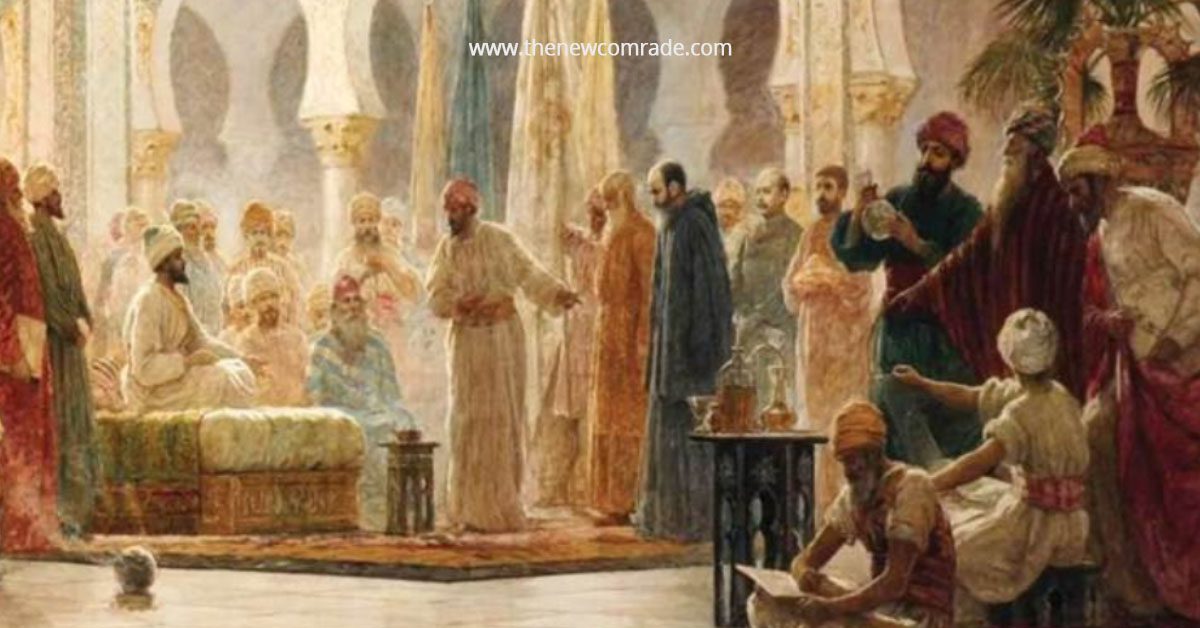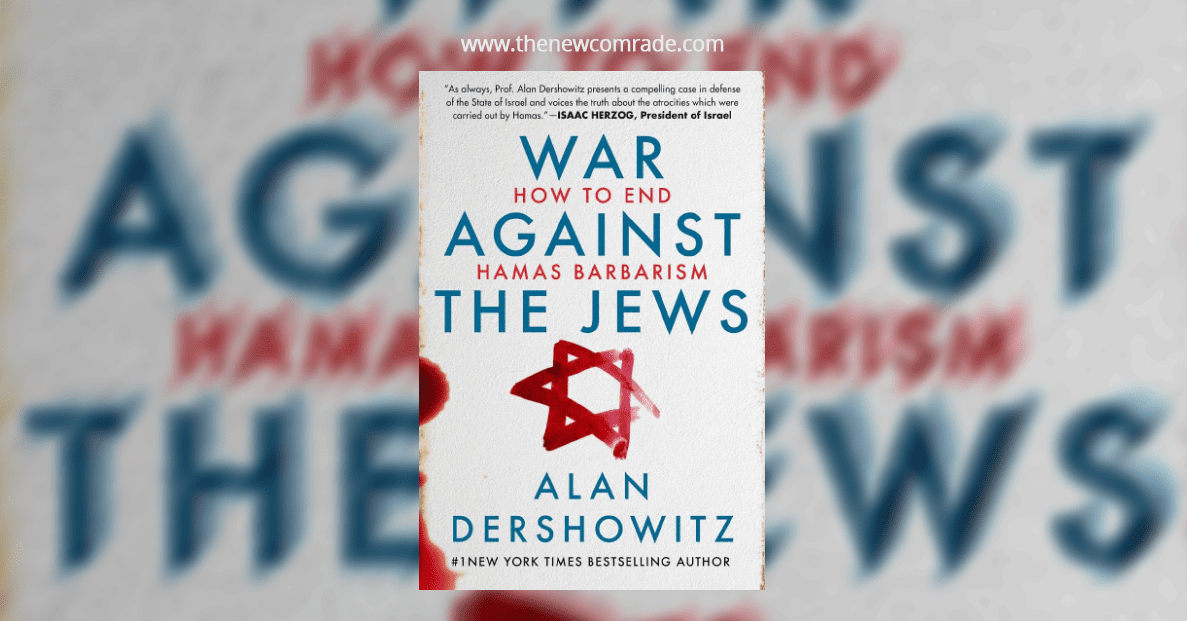Ayesha Jalal’s Self and Sovereignty: Individual and Community in South Asian Islam Since 1850 stands as a monumental and intellectually profound work, meticulously exploring the complex evolution of Muslim identity and political consciousness within South Asia. This dense, scholarly tome, spanning over six centuries of tumultuous history from the mid-19th century CE through colonialism, nationalism, Partition, and into the post-colonial era, fundamentally challenges monolithic narratives. Ayesha Jalal, a distinguished historian and the Mary Richardson Professor of History at Tufts University, posits that for South Asian Muslims, the concepts of ‘self’ — encompassing individual agency, piety, and subjectivity — and ‘sovereignty’ — referring to collective political will, cultural autonomy, and notions of statehood — were far from static. Instead, she argues compellingly, these were dynamic, fluid, and continuously contested constructs, intricately shaped by the ongoing interactions between individuals, their diverse communal affiliations, the impact of colonial policies, linguistic politics, and the powerful currents of emerging nationalist discourses.
At the core of Jalal’s argument is a deconstruction of essentialising narratives that portray a unified Muslim identity inexorably progressing towards separatism. She identifies the period following the 1857 uprising, which extinguished Mughal authority and consolidated British rule, as a critical juncture. Confronted with the profound changes of this era, South Asian Muslims were compelled to redefine their place in the world, leading to a wide spectrum of responses. The book meticulously traces how Muslims navigated their destinies amidst the pressures of colonial governance and the burgeoning force of Hindu nationalism, thereby seeking to restore complexity and contingency to a historical narrative often oversimplified by nationalist teleology. Her analysis covers the vast expanse from 1850, through the cataclysm of Partition, and extends into the multifaceted challenges faced by Muslims in post-colonial India and Pakistan.

One of the significant strengths of Self and Sovereignty lies in its rigorous methodology, which draws upon an extensive and diverse array of primary sources. Jalal masterfully incorporates insights from colonial records and political tracts, and crucially enriches her analysis through the extensive use of Urdu and Punjabi press, poetry, personal correspondence, and religious texts. This innovative approach offers a valuable “bottom-up” perspective, revealing how both the ordinary and the elite perceived and actively engaged in the critical debates surrounding identity and sovereignty. However, this rich insight, while providing unparalleled depth, is predominantly focused on the experiences within Indo-Gangetic region. While this region was undoubtedly pivotal to the political and intellectual developments of the period, this concentration, as some critics have noted, may inadvertently limit the book’s comprehensiveness regarding the diverse experiences of Muslim communities in peninsular South Asia, or even the distinct trajectory of Bengali Muslims, which receives comparatively less, though still important, attention. Furthermore, a reliance on British colonial records, which, while invaluable, may carry inherent biases that could subtly influence the narrative.
Jalal navigates several critical themes, each explored to demonstrate its profound impact on the evolving Muslim self and its complex quest for sovereignty. She underscores how language, particularly the colonial administration’s elevation of Urdu in regions like Punjab and the deeply divisive Hindi-Urdu controversy, became a crucial marker of Hindu and Muslim identities in Indo-Gangetic region, contrasting sharply with linguistic politics in other areas like Bengal, where a distinct linguistic identity foreshadowed later political schisms. The book also critically examines how British administrative practices, notably the census and introduction of separate electorates, privileged religious identity over other affiliations such as class or region, thereby fostering a communitarian mode of politics. Jalal persuasively argues that this colonial construction of a unified “Muslim community” and a “Hindu community” to juxtapose it has often been accepted as a given, rather than recognised as a historically contingent product.
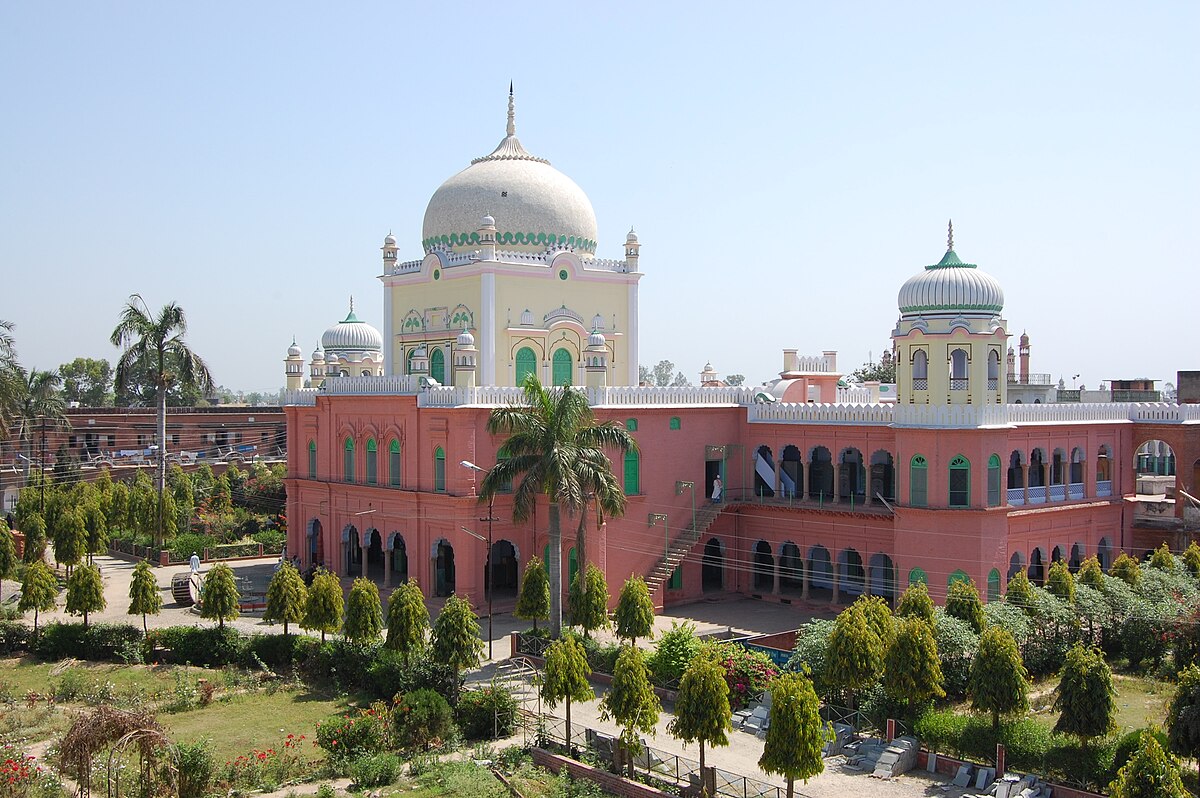
In response to colonial modernity, Jalal explores the diverse intellectual reactions from Muslims. These ranged from the religious clerics, largely centred around institutions of traditionalist pedagogy like Deoband (founded in 1866), Ahl-e-Hadith, etc., who sought to preserve Islamic orthopraxy, to others such as Sir Sayyid Ahmad Khan (1817-1898), whose Aligarh Movement advocated for western pedagogy and embrace of modernity. These movements, she demonstrates, carried profound implications for the collective Muslim identity and its political future. Khilafat Movement (1919-1924) is given a nuanced analysis, presented not merely as a Pan-Islamic upsurge but as a crucial crucible for articulating a nascent, yet increasingly assertive, Muslim political identity in India. It mobilised diverse Muslim groups under a shared, though variously interpreted, aspiration for Muslim unity and sovereignty, with the symbolism of the Caliphate significantly shaping the language of subsequent political demands. Jalal captures this moment of intellectual and political ferment, noting how different leaders channelled this shared anguish in unique directions: “Iqbal wrote his most powerful poetry on Islamic universalism at a time when the attention of his co-religionists was riveted on the reversal of the partition of Bengal, Italy’s invasion of Tripoli, the war in the Balkans and the loss of many Muslim lives in a dispute over a mosque in Kanpur. His anguish at the impotence of Muslims symbolised by the European pincer movement against Ottoman Turkey was shared, among others, by Shibli Numani, Mohamed Ali, the editor of ‘the Comrade’ and the Hamdard, Abul Kalam Azad (1888–1958) whose ‘Al-Hilal’ appeared in 1912 from Calcutta and Zafar Ali Khan (1873–1956) who gave a new lease of life to Punjabi Muslim journalism through his organ the ‘Zamindar’. But there were also significant differences in the way each proposed to handle the practical issue of organising and directing the Muslim community’s response to the changing context of politics in India and the Islamic world at large.” (p.179)

When addressing the trajectory towards Pakistan, Jalal moves beyond simplistic narratives of inevitability. Building on her earlier work, The Sole Spokesman: Jinnah, the Muslim League and the Demand for Pakistan, she emphasises Muhammad Ali Jinnah’s strategic ambiguity in defining “Pakistan,” something that allowed diverse interests to rally behind the Muslim League. The initial goal, she suggests, might have been more focused on safeguarding minority rights within a united India than on outright separatism. Jalal further complicates this political landscape by showing that even the “nationalist” Muslims allied with ‘National Congress’ had demands for community sovereignty that clashed with the Congress’s own course of action. She reveals the strategic calculations of the Congress in managing this internal dissent:
“Pro-Congress Muslims sustained their nuisance value, vociferating against Jinnah’s ‘Pakistan’ while sharing some of his real aims. Maulana Mohamad Mian, nazim of the Jamiat-e-Ulema-i-Hind, wanted a single Indian centre with parity for Hindus and Muslims in the executive, legislative and judicial domains. The centre would not be able to intervene in any matter concerning the religious and political freedom of Muslims opposed by two-thirds of their representatives in the central assembly. This was unacceptable to the machine politicians of the Congress looking forward to deploying the powers of the unified centre of the colonial state to realise their aims of an ‘inclusionary Indian’ nationalism. But it made little sense to openly contradict its supporters. It was better to let pro-Congress Muslims express their disagreements with Jinnah and the League. An internally weakened Muslim community would be that much easier to square when the time came for serious negotiations with the British.” (p.456)
This political manoeuvring occurred within a hardening political landscape. Jalal explains that concurrent to the development of Muslim politics, a still further virulent strain of Hindu nationalism was also defining the terms of the debate. As she points out, “In 1923 the appearance of Vinayak Damodar Savarkar’s book, ‘Hindutva’, had set the terms of the debate for at least a segment of India’s population. According to Savarkar who founded the Rashtriya Swayamsewak Sangh (RSS) a few years later, a Hindu was ‘a person who regarded this land of Bharatvarsha’ extending from ‘the Indus to the Seas, as his Fatherland as well as his Holy land’ or the ‘cradle or land of his religion’. The concept of Hindustava incorporated the ‘depths of thought and activity of the whole being of our Hindu race’. On this view Hindus were a ‘nation’; the Muslims merely a community.” (p.258) This viewpoint was not a fringe idea; it became a central tenet for major xenophobic organisations that openly endorsed the division of British Punjab, British Bengal and British India itself along religious demographic lines. Hindu Mahasabha, led by Vinayak Damodar Savarkar, and RSS backed the Two-Nation Theory. This posited that Hindus and Muslims were incapable of coexisting, and that India had to become a state absolutely dominated by Hindus. Notably, Savarkar articulated this stance during the 19th session of Hindu Mahasabha in Ahmedabad in 1937, emphasising the notion of distinct Hindu and Muslim nations. There are two antagonistic nations living side by side in India. India cannot be assumed today to be a unitarian and homogenous nation. On the contrary, there are two nations in the main – Hindus and Muslims – in India. Bhimrao Ambedkar supported the partition of British India in the interest of safety of Indians. As these antagonistic nationalisms gained momentum, Partition became a tragic and complex rupture that left many fundamental questions unresolved.
Jalal demonstrates how, in the final run-up to 1947, the atmosphere was further poisoned by partisan media coverage. “The media tried to make maximum communal flare-up by their new-coverage. The book quoted the British Intelligence report in 1946: The Hindus press was charged with ‘misconduct and attempts to inflame Muslims into violent retaliation’. Intelligence reporters thought there was ‘some truth that peace had been kept in the Punjab only by Muslim good sense and toleration under severe provocation’” (p.499). To capture the agency within these collective movements, Jalal introduces the concept of the ‘banded individual,’ describing those who, while operating within communal frameworks, exercised significant personal agency in interpreting their religious duties and making political choices, thus challenging deterministic views of communalism.

Jalal’s incisive analysis extends into the post-1947 era. In Pakistan, she examines the persistent and often fraught struggle to define the state’s identity and how unresolved questions of sovereignty have fuelled political instability. For Muslims remaining in India, she explores their complex navigation of minority status within an ever-increasingly hostile Hindu nation-state, as they grappled with issues of identity, security, discrimination, and integration. As such, she observes that 1947 partition was, amongst other things, a partition of South Asian Muslims to mutually exclusive fragments.
Self and Sovereignty has been widely lauded in academic circles for its profound scholarly rigour, its intellectual ambition, and its insightful, often revisionist, analysis. Francis Robinson, for instance, praised it for bringing “a new level of understanding” to South Asian Muslim history. Its dense academic prose makes it a demanding read for non-specialists. Beyond the previously noted focus on Indo-Gangetic region, while elite male perspectives are thoroughly examined, the experiences, agency, and perspectives of women and other marginalised groups within the Muslim community receive less detailed attention. Furthermore, Jalal’s critical interpretations of certain historical figures and personalities, have predictably sparked debate.
Despite these critiques, the enduring relevance and profound legacy of Self and Sovereignty are undeniable. In a contemporary global and South Asian context where questions of religious identity, nationalism, communalism, minority rights, and the role of Islam in public life continue to shape political discourse and social realities with often volatile intensity, Jalal’s work remains profoundly pertinent. Her meticulous deconstruction of how communal identities were historically constructed, politically mobilised, and often reified by state policies offers invaluable insights for scholars, policymakers, students, and activists alike. The book serves as a powerful corrective to simplistic, polarised narratives by emphasising internal diversity within communities and the contingent nature of historical outcomes.
Ayesha Jalal’s Self and Sovereignty: Individual and Community in South Asian Islam Since 1850, thus, stands as a monumental and indispensable achievement in the field of modern South Asian history and Muslim social studies. Through meticulous research, nuanced analysis, and a courageous willingness to challenge conventional wisdom, Jalal, a leading authority on South Asian history, invites readers to reconsider simplistic binaries and to appreciate the complex, often contradictory, forces that have shaped Muslim identities and political trajectories in the Indo-Pak subcontinent. While the book’s intellectual density and vast scope may pose challenges for the casual reader, its profound insights are indispensable for anyone seeking a deeper, more sophisticated understanding of the historical underpinnings of contemporary South Asian societies. It is not merely a historical account but a profound meditation on the intricate interplay of individual selfhood and collective sovereignty during times of immense political, social, and ideological transformation, solidifying its place as a foundational text that will continue to inform and provoke scholarly inquiry for many years to come.
Ayesha Jalal, Self and Sovereignty: Individual and Community in South Asian Islam Since 1850, London: Routledge, 2000.
